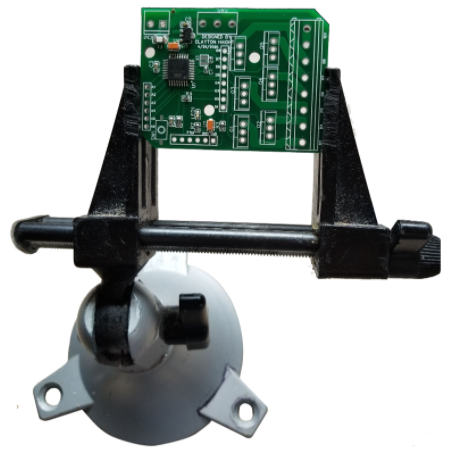DIODE Board
A powerful and compact solution to controlling high power
Whenever my simple projects need automation it's almost always higher power switching with a microcontroller. I don’t know how many times I’ve set up the same MOSFET circuit on a breadboard with an Arduino, hoping the breadboard doesn’t melt. After enough struggle, I decided it would be a fun project to make a simple microcontroller that controls a MOSFET array. This can be used for many applications such as solenoid switching (as seen on my ventilator project), motor control, or high power LED switching.


The microcontroller is a basic ATmega328P running at 16MHz with an FTDI breakout for programming. Six of the digital output pins go to Darlington transistors, which allow for 24V switching with a 3A load, leaving a lot of headroom for applications. On top of all of this, the board uses extremely common SMD components and was able to be SMT assembled, saving me from the difficult soldering work. Pictured below on the left is the board getting the through-hole components soldered on and on the right the board driving a 12V 775 motor.


This project taught me a lot about PCB design and the capabilities of manufacturers. The high power capabilities of the board meant special design considerations had to be made, teaching me a lot in the process.